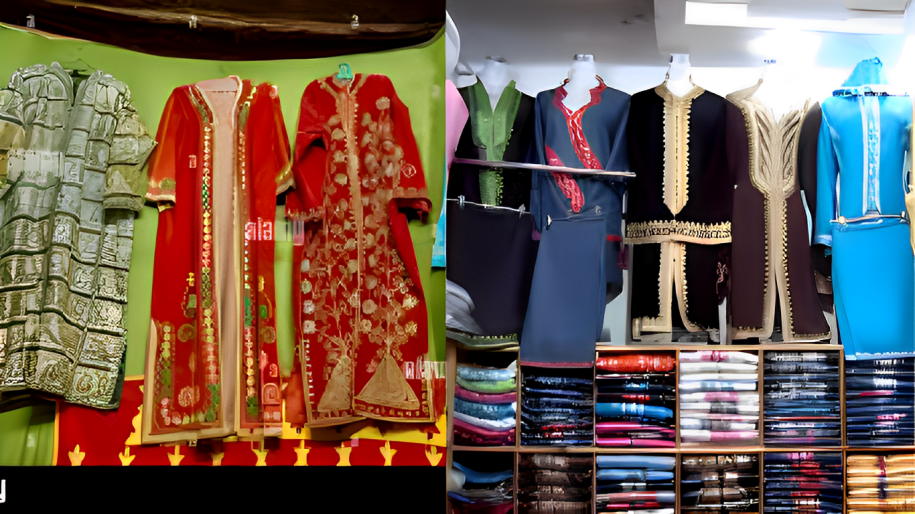Table of Contents
Introduction to Morocco and Moroccan Clothing
Morocco, a land of rich cultural diversity and stunning landscapes, is famous for its unique blend of ancient traditions and modern influences. One of the most distinctive aspects of Moroccan culture is its clothing. In this comprehensive guide, we’ll explore the various facets of Moroccan clothing while discovering the enchanting beauty of a Morocco tour.
1. The Importance of Traditional Moroccan Clothing
Moroccan clothing is an integral part of the country’s cultural heritage, and it has played a vital role in shaping the national identity. Traditional attire is deeply rooted in Morocco’s history, reflecting the influences of Berber, Arab, and Andalusian civilizations that have left their mark on the country.
A. The Berber Influence
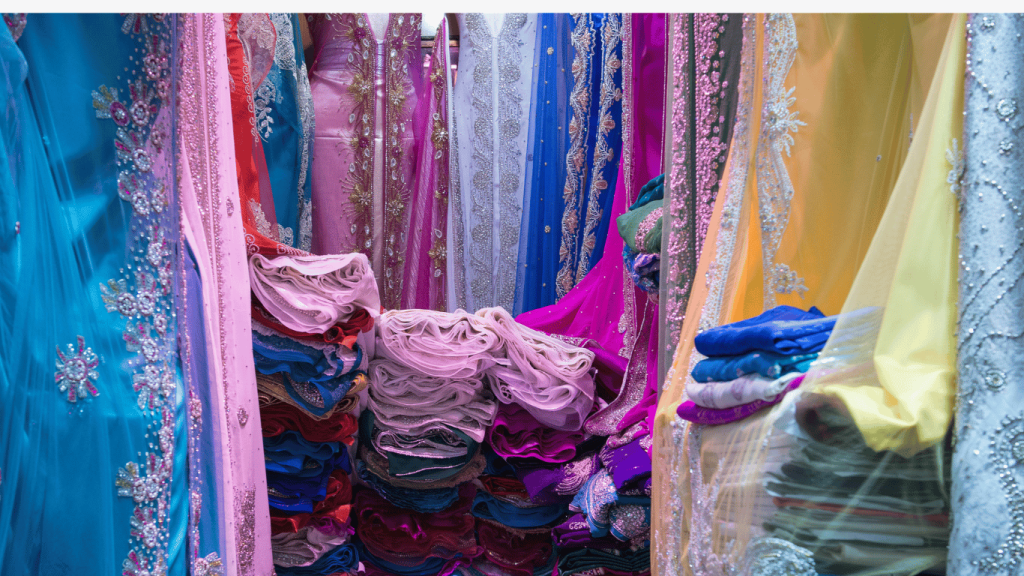
For centuries, the indigenous Berber people have lived in Morocco, developing a unique clothing style that includes vibrant colors, geometric patterns, and intricate embroidery. Women wear the traditional Berber dress, the Takchita, which is a floor-length gown often embellished with elaborate beadwork and silver jewelry.
B. The Arab Influence
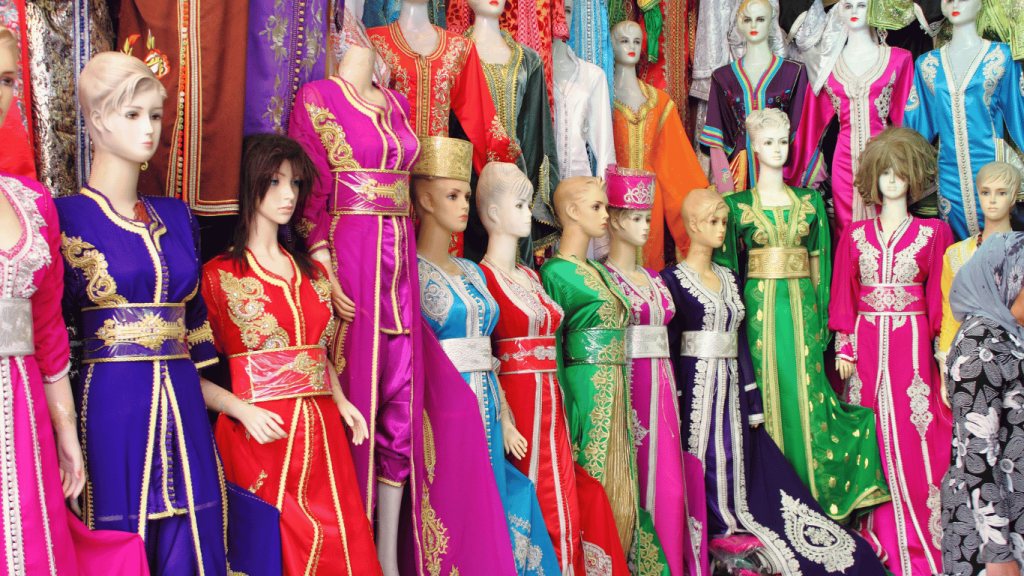
Arab influences are also evident in Moroccan clothing, particularly in the use of flowing, loose-fitting garments. The Djellaba, a long, hooded robe worn by both men and women, is one of the most iconic pieces of Arab-inspired clothing in Morocco.
C. The Andalusian Influence
Morocco’s Andalusian heritage, a result of centuries of interaction with southern Spain, is apparent in the intricate designs and craftsmanship found in Moroccan clothing. Delicate embroidery and elaborate lacework are common features in traditional garments, adding a touch of elegance and sophistication to the wearer’s ensemble.
2. Key Elements of Moroccan Clothing
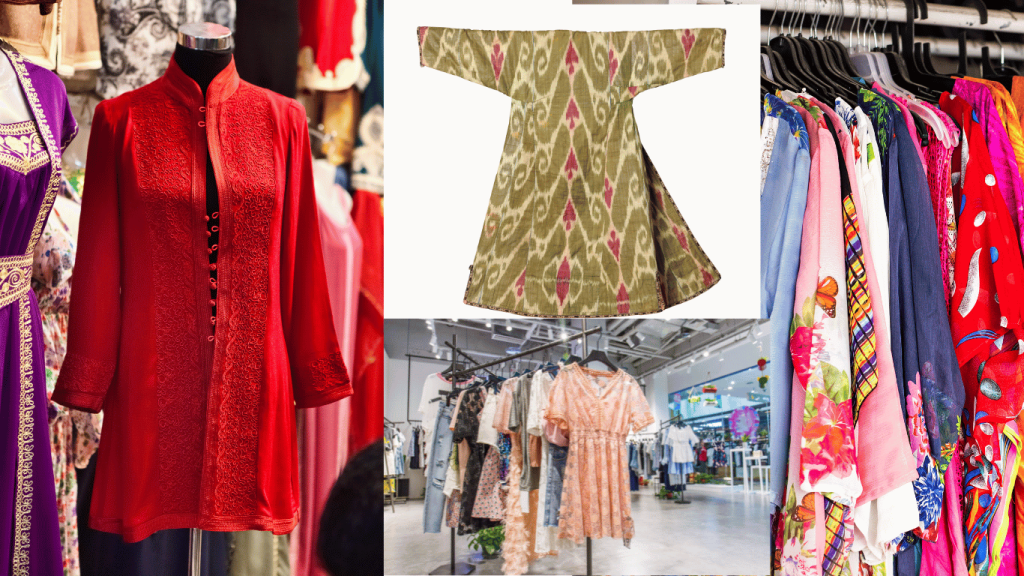
A. The Djellaba
The Djellaba is a versatile garment that can be worn by men and women for a variety of occasions, from casual to formal. It’s usually made from lightweight, breathable materials such as cotton or linen, making it comfortable to wear in Morocco’s warm climate.
B. The Caftan
The Caftan is another popular Moroccan garment, typically worn by women during special events and celebrations. Caftans are long, loose-fitting gowns adorned with intricate embroidery, beading, or lacework, symbolizing elegance and refinement.
C. The Takchita
The Takchita is a traditional Berber dress worn by women on special occasions, often as wedding attire. This dress typically consists of two layers: a fitted base dress and a loose over-dress, both adorned with elaborate patterns and embroidery.
D. The Tarboosh
The Tarboosh, also known as the Fez, is a red, cylindrical felt hat with a black tassel, traditionally worn by men. It’s named after the Moroccan city of Fez, where the hat was originally produced.
3. The Art of Moroccan Textiles
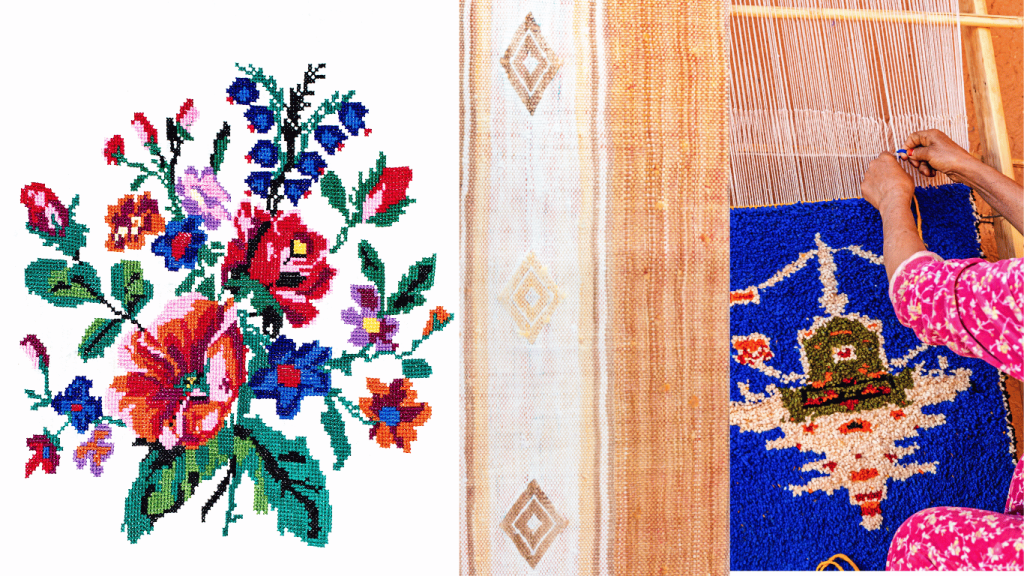
Artisans in Morocco create renowned textiles characterized by intricate designs, vibrant colors, and high-quality craftsmanship. Generations of weavers and embroiderers have passed down their skills, leading to a diverse range of fabrics and patterns found in Moroccan clothing.
A. The Fesi Embroidery
Embroidery artists in the city of Fez create Fesi embroidery, which features intricate geometric patterns and delicate floral motifs. Garments such as caftans and djellabas often feature this style of embroidery, making them more elegant and sophisticated.
B. The Berber Weaving
Berber weaving is an ancient art practiced by the indigenous people of Morocco. Traditional Berber carpets, known as Taznakht or **Beni Ourain**, are handwoven using natural wool and dyes, often featuring geometric patterns and bold colors. These textiles are not only used for floor coverings but also for clothing, such as the Takchita, showcasing the richness of Berber culture.
C. The Moroccan Kilim
The Moroccan Kilim is a flat-woven textile that is versatile in its use, from decorative wall hangings to rugs and bags. Kilims are known for their striking geometric designs and bold colors, reflecting the unique blend of cultural influences that make Moroccan textiles so captivating.
4. Modern Interpretations of Moroccan Clothing
In recent years, Moroccan clothing has gained global recognition, with both local designers and international fashion houses incorporating traditional elements into contemporary styles. This fusion of old and new has led to an exciting array of modern Moroccan fashion.
A. High-fashion Caftans
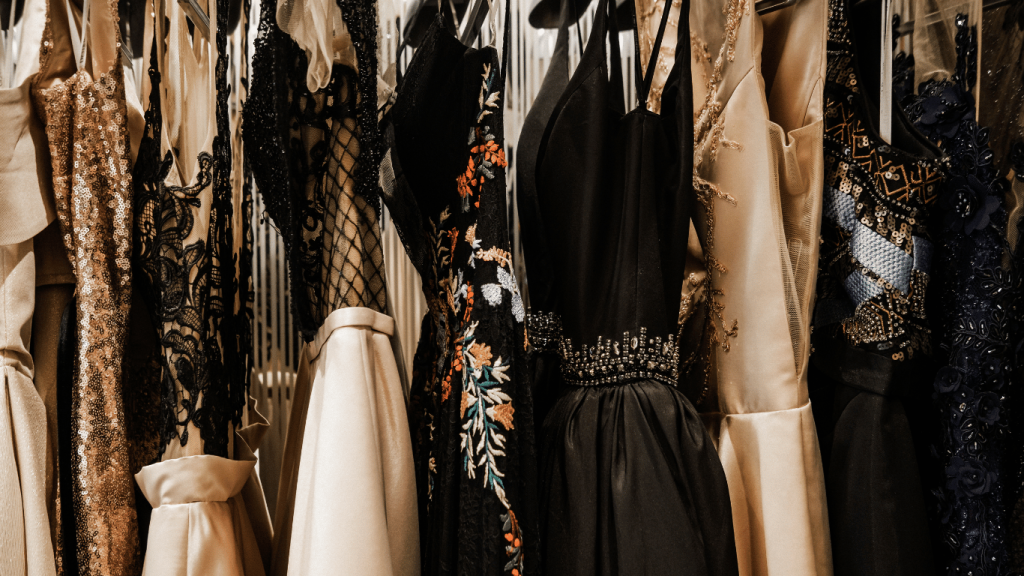
Luxurious, high-fashion caftans have become popular on the international fashion scene, showcasing the beauty of Moroccan embroidery and beadwork. Designers have modernized the traditional caftan by experimenting with silhouettes, fabrics, and embellishments, making it a sought-after garment for fashion enthusiasts.
B. Streetwear-Inspired Djellabas
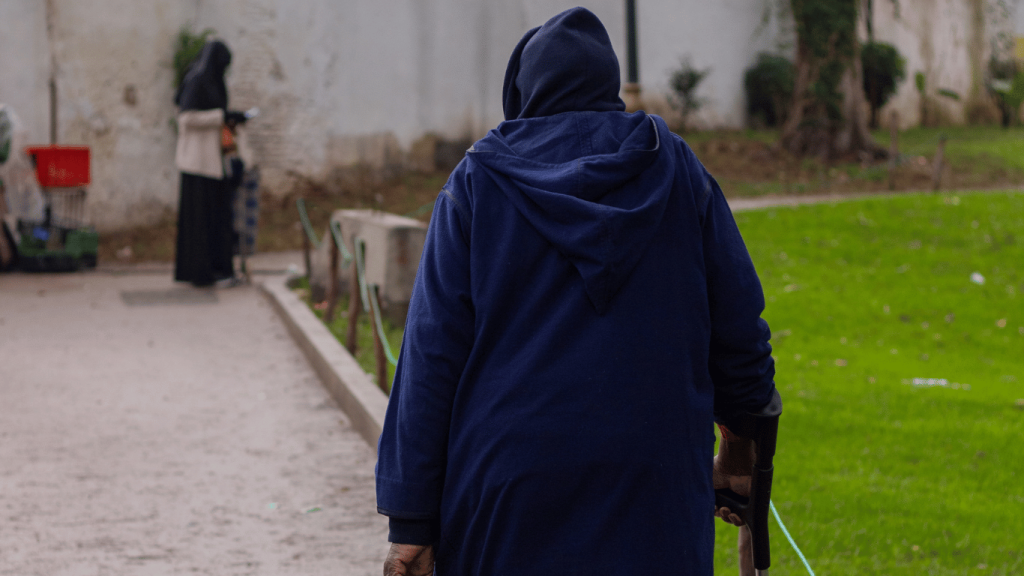
The Djellaba has undergone a modern transformation, with streetwear-inspired versions becoming popular among younger generations. Designers have incorporated urban elements, such as bold prints and neon colors, to create a fresh take on this classic Moroccan garment.
C. The Rise of Moroccan Designers
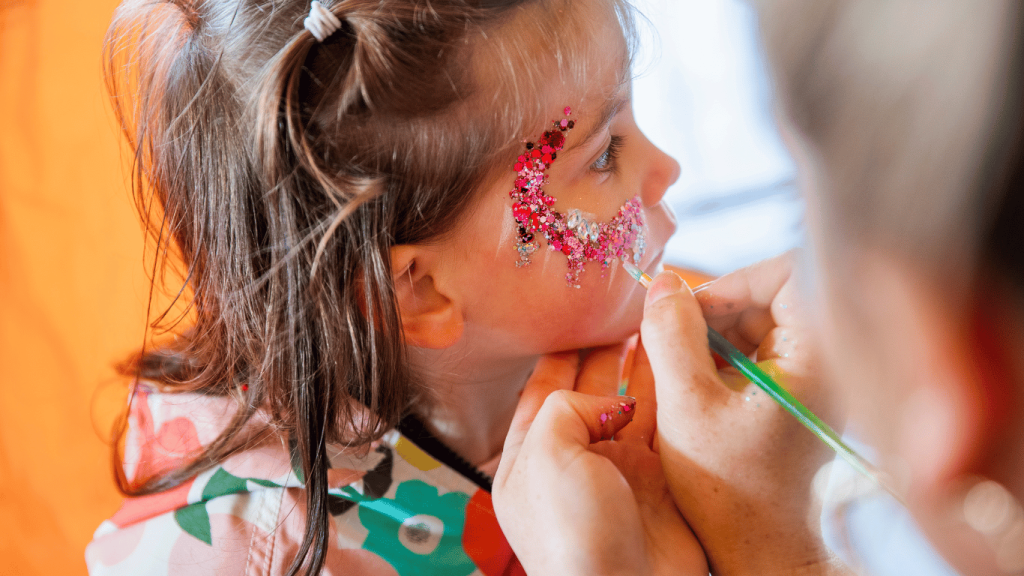
Moroccan designers have gained international acclaim for their innovative approach to fashion. Names like Zuhair Murad, Kaouther Ben Hania, and Amine Bendriouich have made their mark on the global stage, showcasing the unique blend of traditional and contemporary influences that define Moroccan fashion.
5. A Morocco Tour: Exploring the Country’s Textile Heritage
A Morocco tour offers a unique opportunity to delve into the country’s rich textile heritage, from the bustling souks of Marrakech to the remote Berber villages nestled in the Atlas Mountains.
A. The Souks of Marrakech
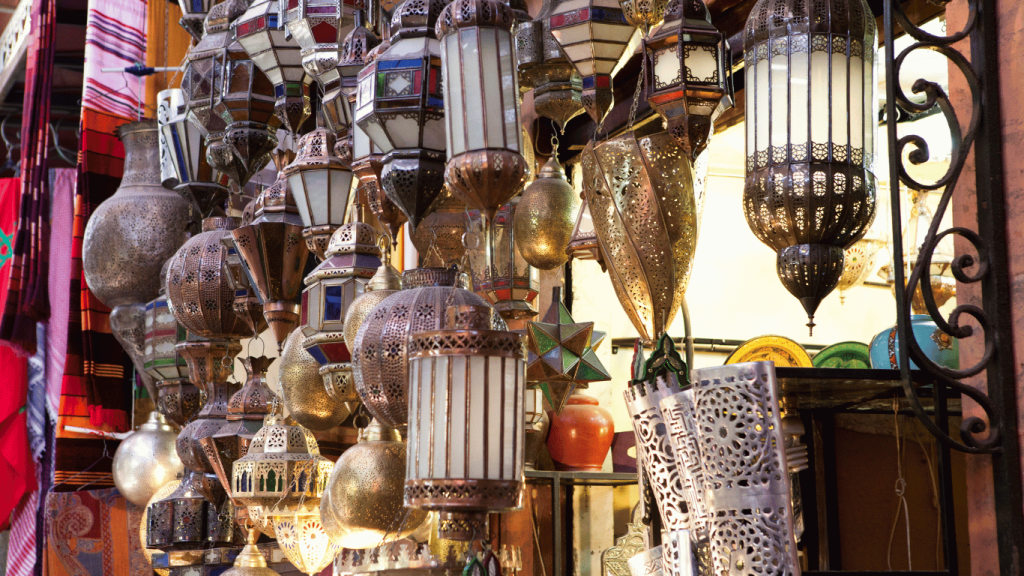
No Morocco tour is complete without a visit to the vibrant souks of Marrakech. These bustling marketplaces offer an array of traditional Moroccan clothing, textiles, and handicrafts, providing an unforgettable shopping experience.
B. The Medina of Fez
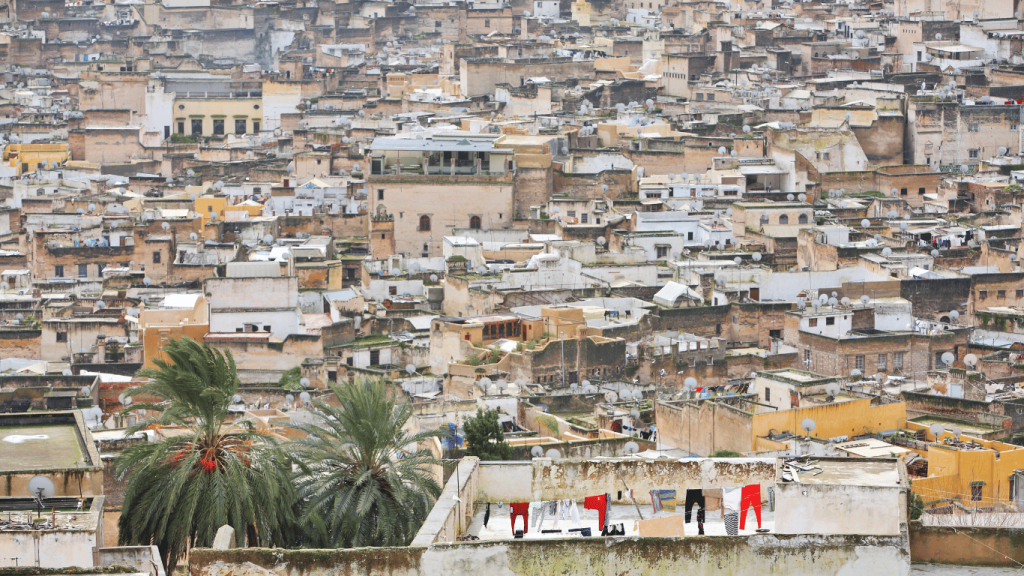
Fez, the oldest imperial city in Morocco, is home to a UNESCO World Heritage Site – the Medina of Fez. Exploring the narrow alleyways of the Medina offers a glimpse into the history of Moroccan craftsmanship, from the ancient tanneries to the workshops of master weavers and embroiderers.
C. The Atlas Mountains
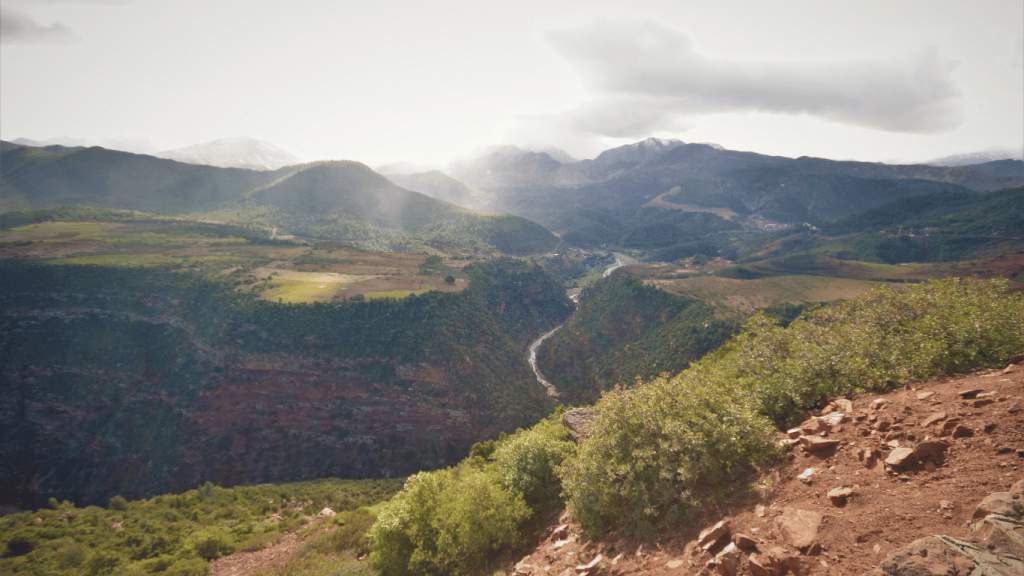
The Atlas Mountains, home to the indigenous Berber people, offer a unique insight into the origins of Moroccan clothing and textiles. A visit to a traditional Berber village will reveal the age-old techniques used to produce exquisite carpets, fabrics, and garments.
6. Purchasing Moroccan Clothing: Tips for the Savvy Shopper
When buying Moroccan clothing during your Morocco tour, it’s important to consider the following tips to ensure you’re getting the best quality and value for your money:
A. Research Before You Buy
Familiarize yourself with different types of Moroccan clothing and textiles to help you identify authentic, high-quality products.
B. Bargain Wisely
Haggling is an integral part of the Moroccan shopping experience. Start by offering half the asking price and negotiate from there.
C. Buy from Reputable Sources
Purchasing from reputable shops and artisans will help ensure the quality and authenticity of your Moroccan clothing.
Conclusion
Moroccan clothing is a captivating blend of tradition, artistry, and cultural heritage. From the colourful Djellabas to the elegant Caftans, Moroccan attire is both versatile and unique. A Morocco tour is the perfect opportunity to explore the country’s rich textile history and bring home a piece of its timeless beauty. As you immerse yourself in the vibrant markets and enchanting landscapes, you’ll discover the magic of Moroccan clothing and the captivating stories woven into each garment.

